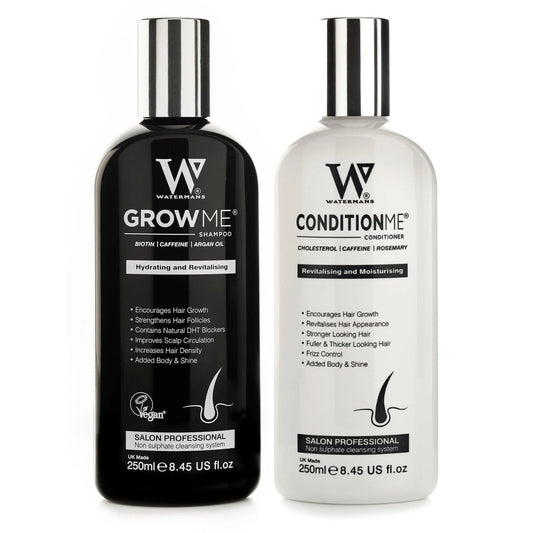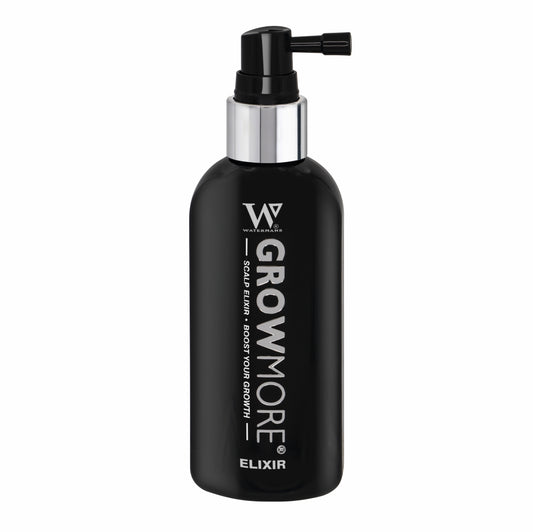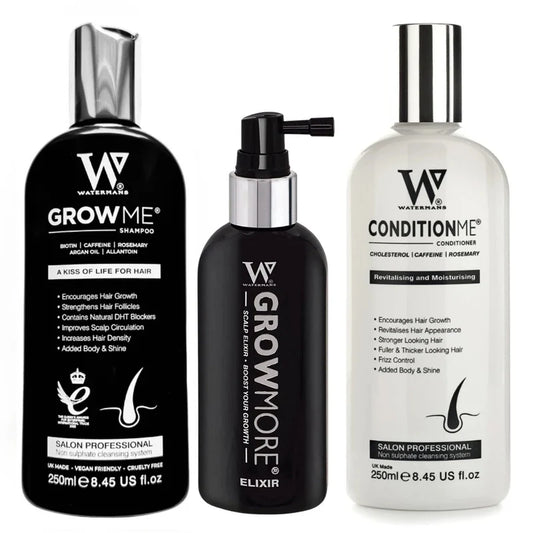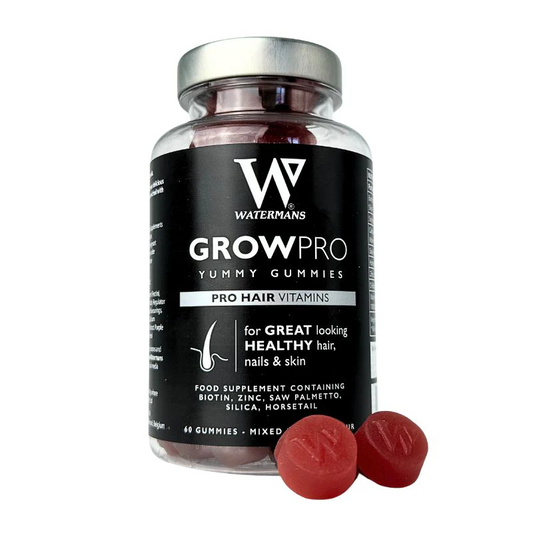Unveiling Dermatological Infections: Causes, Symptoms, and Effective Treatments
Share

Dermatological infections can affect anyone at any age, causing discomfort, irritation, and even embarrassment. These infections can stem from a variety of sources, including bacteria, fungi, and viruses. Understanding the underlying causes, recognizing symptoms, and knowing how to treat these infections effectively is crucial for maintaining healthy skin. In this article, we will delve into the world of dermatological infections, their causes, symptoms, and effective treatments.
What Are Dermatological Infections?
Dermatological infections are skin conditions caused by microorganisms, including bacteria, viruses, and fungi. These infections can lead to various skin problems ranging from mild irritations to severe complications. While some infections are easily treatable, others may require ongoing management and care.
Types of Dermatological Infections
-
Bacterial Infections: These occur when bacteria infiltrate the skin or mucous membranes. Common examples include:
- Impetigo: A sore that can rupture and form a crust.
- Folliculitis: Inflammation of hair follicles.
- Cellulitis: A deeper skin infection that can cause severe swelling and redness.
-
Fungal Infections: These infections are caused by fungi and can result in itchy, scaly patches on the skin. Common types include:
- Athlete's Foot: A fungal infection of the feet.
- Ringworm: A contagious skin infection that appears as a circular rash.
- Candida Infections: Often affecting moist areas of the body, such as under the breasts or in the groin.
-
Viral Infections: Viruses can also infect the skin, leading to conditions such as:
- Herpes Simplex: Causes cold sores or genital herpes.
- Warts: Benign growths caused by human papillomavirus (HPV).
- Shingles: A painful rash that develops on one side of the body due to the varicella-zoster virus.
Causes of Dermatological Infections
Numerous factors can contribute to the development of dermatological infections. Here are some of the most common causes:
- Poor Hygiene: Failing to maintain proper hygiene can allow bacteria or fungi to thrive on your skin.
- Weakened Immune System: Individuals with compromised immune systems are more susceptible to infections.
- Skin Injuries: Cuts, scrapes, or other injuries can provide an entry point for pathogens.
- Humidity and Heat: Warm and humid environments promote fungal growth.
- Contact with Infected Individuals: Many infections, such as warts and ringworm, are contagious and can spread easily from person to person.
Symptoms of Dermatological Infections
Recognizing the symptoms of dermatological infections is key to seeking timely treatment. Common indicators include:
- Redness: Inflammation or irritation often appears as red patches on the skin.
- Swelling: Infected areas may become swollen and tender.
- Heat: The affected skin can feel warm to the touch.
- Itching: Many infections cause intense itching, prompting scratching that can worsen the condition.
- Crusting: Some bacterial infections, such as impetigo, may result in yellowish crusts on the skin.
- Pain: Infected areas can become painful, especially with deeper infections like cellulitis.
Effective Treatments for Dermatological Infections
Treatment options vary depending on the type of infection. Here are some common treatments for different dermatological infections:
Bacterial Infections
- Topical Antibiotics: Creams such as mupirocin can be used to treat localized bacterial infections effectively.
- Oral Antibiotics: For more severe infections, oral antibiotics may be prescribed to help eliminate bacteria from the system.
- Cleansing Solutions: Regularly washing the affected area with antibacterial soap can help prevent the spread of infection.
Fungal Infections
- Topical Antifungals: Over-the-counter creams, lotions, or powders containing clotrimazole or terbinafine are commonly used to treat fungal infections.
- Oral Antifungals: Prescription medications might be necessary for extensive dermatophyte infections such as nail fungus.
- Lifestyle Modifications: Keeping the affected area dry and wearing breathable clothing can help in managing fungal infections.
Viral Infections
- Antiviral Medications: For infections like herpes simplex, strictly following an antiviral regimen can help manage outbreaks.
- Pain Relief: Antihistamines or topical anesthetics may alleviate discomfort associated with certain viral infections, such as shingles.
- Cryotherapy: Warts can often be treated with cryotherapy, which involves freezing the growth with liquid nitrogen.
Helpful Home Remedies
In addition to medical treatments, some home remedies may provide relief and support healing of dermatological infections:
- Tea Tree Oil: Known for its antibacterial and antifungal properties, diluted tea tree oil can be applied to the infected area.
- Aloe Vera: This natural remedy can soothe skin irritation and promote healing.
- Apple Cider Vinegar: Known for its antifungal properties, it can be diluted and applied topically to combat fungal infections.
- Oatmeal Baths: Soaking in oatmeal can relieve itching and soothe irritated skin.
Preventive Measures
Taking steps to prevent dermatological infections is essential, especially if you are prone to developing them. Here are some tips:
- Maintain Good Hygiene: Regularly wash your hands and shower, particularly after sweating or being in public spaces.
- Protect Your Skin: Wear protective clothing to shield your skin from cuts, scrapes, and potential irritants.
- Keep Skin Dry: Change out of wet clothing promptly and maintain dryness in skin folds.
- Avoid Sharing Personal Items: Do not share towels, razors, or clothing with others to minimize the risk of spreading infections.
Did You Know?
- Diversity of Skin Microbiome: Your skin is home to a complex ecosystem of bacteria and fungi, and a healthy microbiome can prevent infections.
- Lifestyle Influences Skin Health: Stress, poor diet, and lack of sleep play significant roles in skin health and susceptibility to infections.
- Bacterial Resistance: Overuse of antibiotics can lead to resistant strains of bacteria, making infections harder to treat.
- Gardening Caution: Soil can harbor bacteria; always take care of minor cuts while gardening to avoid infection.
Q&A Section
1. How do I know if I have a skin infection? You might suspect a skin infection if you see redness, swelling, ooze, or pus from a sore, or if your skin feels warm and painful. Seek medical advice if symptoms worsen.
2. Are all skin infections contagious? Not all skin infections are contagious. Bacterial infections like cellulitis are not contagious, while fungal infections like ringworm and viral infections like warts can spread from person to person.
3. What should I do if I notice a rash? Monitor the rash. If it doesn’t improve, it spreads, or if you develop fever or other symptoms, consult a healthcare professional. Early intervention is essential.
4. Can poor diet cause skin infections? Yes, a poor diet can impair immune function, making the body more susceptible to infections, including skin conditions.
5. I have a history of skin infections. What can I do to prevent future occurrences? Maintain proper hygiene, manage underlying health conditions, and consider regular skin check-ups with a dermatologist to catch issues early.
For those experiencing hair loss linked with dermatological infections or other hair-related concerns, consider trying Watermans Grow Me Shampoo. Known for its energizing ingredients, including Biotin, Rosemary, and Caffeine, this shampoo can help nourish the scalp and promote healthy hair growth.
By understanding dermatological infections and taking preventive measures, you can better protect your skin and overall health. Always seek professional guidance when in doubt or when symptoms persist.



